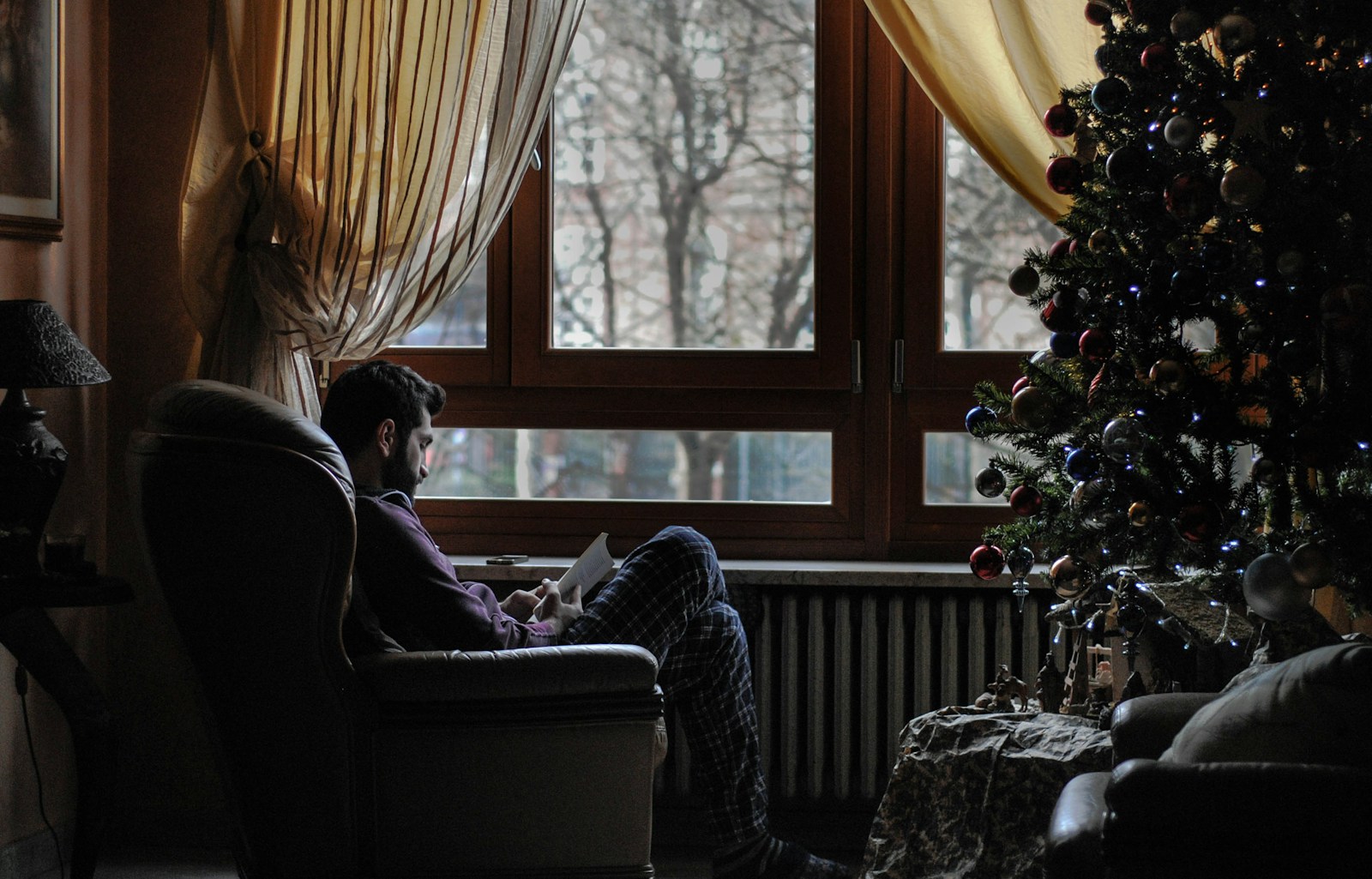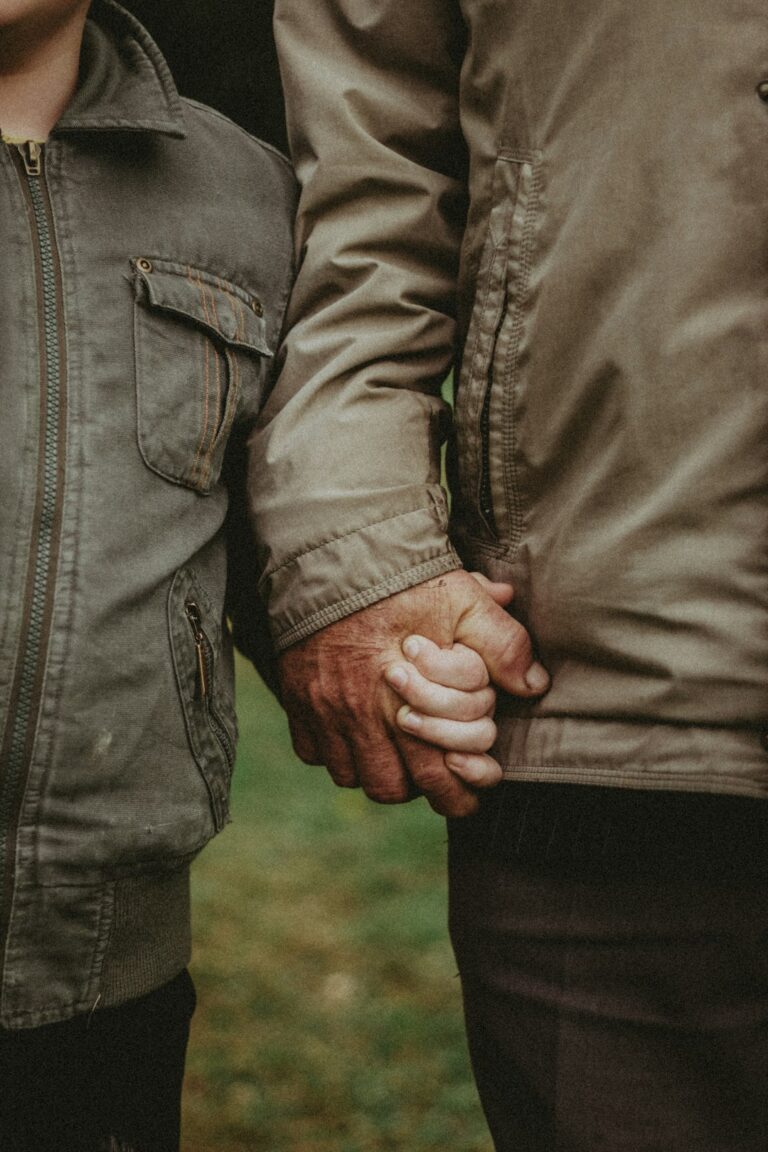Holidays are often idealized as times of joy, connection, and togetherness. For many, family gatherings, festive dinners, and shared traditions are the highlights of the year. However, for those with an avoidant attachment style, holidays can present unique emotional challenges. Instead of warmth and comfort, these periods might stir up anxiety, tension, and a strong desire for distance. In this article, we delve into how avoidant attachment influences experiences during holidays, signs to recognize, and practical strategies for navigating this season with self-compassion and growth.
Understanding Avoidant Attachment
Avoidant attachment is one of the four primary attachment styles identified in adult attachment theory. Stemming often from early relationships that lacked consistent emotional attunement, people with avoidant attachment have learned to rely primarily on themselves. They may feel uncomfortable with emotional closeness, vulnerability, or perceived dependency. While these traits can help maintain independence, they also create barriers to intimate connection, especially during emotionally charged periods like holidays.
- Self-Reliance: A strong preference to handle issues alone, even during collective celebrations.
- Emotional Distance: Discomfort with vulnerable or intimate interactions, especially in group settings.
- Fear of Enmeshment: Worry that getting close will lead to a loss of autonomy or being overwhelmed by others’ needs.
The Holiday Paradox: Longing vs. Distance
The holidays create a paradox for those with avoidant attachment. On one hand, they may experience a desire for connection and to participate in meaningful traditions. On the other hand, the intensity of family time, social expectations, and overt expressions of affection can trigger their protective instincts to withdraw or shut down. This tension can lead to feelings of guilt, frustration, or loneliness amid the festivities.
Why Are Holidays Especially Triggering?
- Increased Social Interaction: Extended time with family or friends can feel invasive or exhausting.
- Pressure to Connect: Cultural emphasis on togetherness highlights discomfort with closeness.
- Unwanted Attention: Questions about personal life, relationships, or feelings can feel intrusive.
- Triggered Childhood Dynamics: Old family dynamics can resurface, making detachment feel safer.
Common Behaviors of Avoidants During Holidays
If you recognize yourself or a loved one in these patterns, you’re not alone. Avoidant responses during holidays can be subtle or overt, including:
- Spending Extra Time Alone: Finding solace by retreating to a quiet room, taking long walks, or excusing oneself from group activities.
- Deflecting Emotional Topics: Steering conversations away from feelings, relationships, or anything too personal.
- Volunteering for Tasks: Taking on chores, errands, or kitchen duties as a way to remain occupied and minimize social interaction.
- Leaving Early or Arriving Late: Limiting time spent at social gatherings to avoid prolonged exposure to stressors.
- Minimal Sharing: Offering limited information about oneself, keeping responses brief or vague.
Impact on Relationships: Navigating Closeness and Space
Partners, friends, or family members may misinterpret avoidant behaviors as indifference, aloofness, or even rejection. This can set off painful cycles of misunderstanding: loved ones may try harder to connect, which pushes the avoidant individual further away, deepening the sense of emotional distance.
For Loved Ones
It helps to approach the avoidant person with patience and understanding, rather than pressure or criticism. Instead of demanding closeness, gentle invitations and respect for boundaries usually yield better outcomes. Remember, the avoidant person’s withdrawal often masks underlying anxiety or fear of being overwhelmed—not a lack of care.
Profiles: How Avoidants Experience the Holidays
To further illustrate, here are some composite examples of how avoidants might experience holiday events:
- Ella dreads the annual family dinner. She feels smothered by her parents’ questions about her love life and career, so she helps out in the kitchen and sneaks quiet moments outside to decompress.
- Jasper attends his partner’s extended family gathering but sits at the edge of the room, checking his phone and keeping conversation to light topics. He loves his partner, but the bustling crowd and hugs make him tense.
- Simone avoids accepting invitations entirely. She prefers staying home with a book, rationalizing that she doesn’t want to be a burden, but secretly feels left out and wishes connection came easier.
Why Holidays Can Be a Time for Growth
While holidays can be difficult for people with avoidant attachment, they also offer unique opportunities for self-awareness and healing. The increased stress is a signal for growth. By tuning into their emotional responses, avoidant individuals can take small steps toward connection while honoring their need for space.
Reflection Questions:
- What feelings come up for you before, during, or after holiday gatherings?
- Which situations during the holidays activate your desire to withdraw, and can you identify why?
- Are there traditions or activities that feel safer or more enjoyable? Why?
Strategies for Navigating Holidays with Avoidant Attachment
It’s possible for avoidants to enjoy the holidays on their own terms. Here are some practical, compassionate strategies:
- Set Boundaries—Lovingly
Communicate your limits with kindness and clarity. “I’ll join for dinner, but I’ll need some quiet time afterward.” This sets expectations and reduces anxiety about feeling overwhelmed. - Create Exit Plans
Knowing when and how you can leave a gathering gives you a sense of control and safety. Share your plan with a trusted person to avoid misunderstanding. - Volunteer for Meaningful Tasks
Channel your energy into activities that align with your strengths—setting the table, running errands, organizing games—so you’re involved without the pressure of emotional exposure. - Schedule Downtime
Block out periods in your calendar for solo walks, reading, or simply recharging. This proactive self-care helps you show up more fully during group times. - Practice Mindful Presence
Ground yourself in the present moment during conversations, noticing your body sensations and breathing. Mindfulness can ease the urge to emotionally disconnect. - Communicate Needs to Close Others
Let trusted loved ones know how you’re feeling. “I’m excited to see everyone, but if I step out for a bit, I just need a breather.” This can diffuse tension and build intimacy. - Challenge Self-Limiting Beliefs
Remind yourself that seeking connection does not mean losing independence. Test the waters with a simple act of openness—sharing a small story, giving a genuine thank you, or joining a group activity for a short time.
Tips for Loved Ones Supporting Avoidants During Holidays
If you care about someone with avoidant tendencies, these supportive approaches can ease holiday friction:
- Respect Their Space
Don’t take their need for alone time personally. Trust that distance is a form of self-care, not rejection of you. - Offer Low-Key Ways to Connect
Small-group activities or one-on-one time can be less overwhelming and deepen bonds at a comfortable pace. - Communicate Openly—but Gently
Let them know you value their presence and care about their comfort, without making demands or using guilt. - Accept Emotional Diversity
Not everyone expresses holiday joy the same way. Make space for their unique way of showing up, whether it’s helping with logistics or just being a quiet observer.
When to Seek Support
If avoidant patterns are leading to loneliness, distress, or relationship strain, consider seeking professional support. A therapist can help explore the roots of avoidant attachment, develop healthier relational skills, and support you in building connections that honor both autonomy and belonging.
Self-Compassion Is Key
Remember: holiday stress is not a personal failing. People with avoidant attachment styles learned, often out of necessity, to value independence as a way to stay safe. Healing is a gradual process that happens with self-kindness, practice, and sometimes support from others. Celebrate the small wins—whether that’s staying a little longer at a gathering, sharing one story, or simply naming your feelings to yourself.
Conclusion: Finding Your Own Holiday Balance
For avoidant individuals, the holidays don’t have to be a battleground between connection and autonomy. By noticing your patterns, setting clear boundaries, and practicing mindful openness, you can shape these special days in ways that feel safe, authentic, and meaningful. And for loved ones, patience and empathy go a long way in bridging the gap. No one style is “right”—what matters is honoring each person’s truth, including your own, as you find your unique path to holiday joy.





